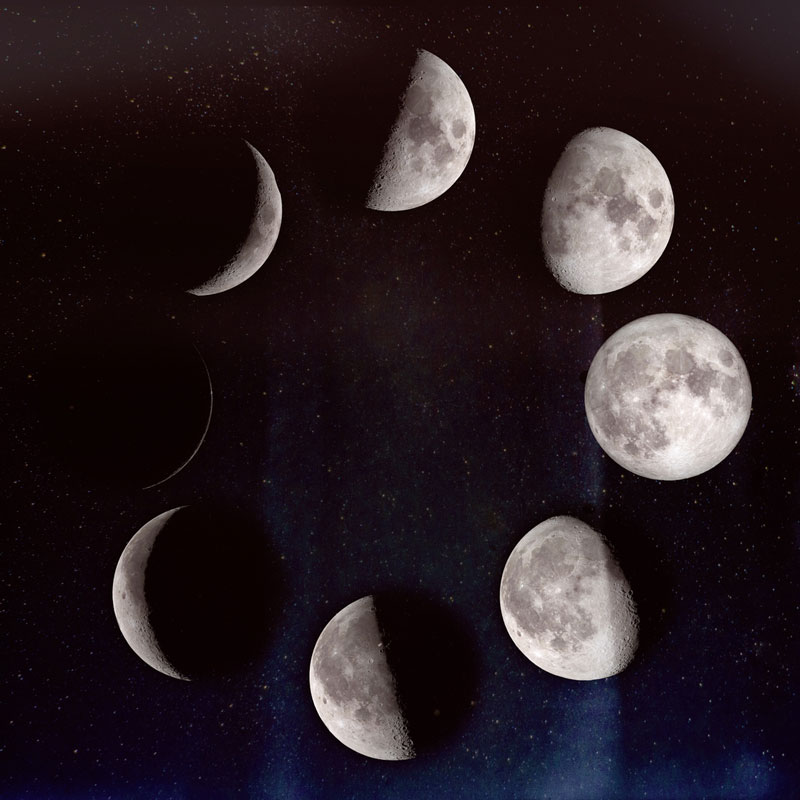For millennia, humans have been captivated by the splendor and mystique of the moon, from werewolves and spooky monsters to high and low tides and “Houston, we have liftoff.” Did you know you can plant using the moon phases as well? Truly, it’s not a cauldron recipe with newts; it’s the science side of gardening.
[image id="23316" title="Luedecke" linkto="file" ] Bill Luedecke and daughter Martelle offer advice to Highland Lakes gardeners.During a new moon (next one is October 27), gravitational pull brings up water in the soil, helping seeds that were recently planted. The upsurge of water to the surface causes the seeds to swell and open.
If you’re planting during the new moon, the best plants are those with seeds that aren’t created within a fruit. For instance: broccoli, cabbage, kale, lettuce, and spinach.
The next first quarter of the moon is November 4, providing lots of moonlight for leaf development and less gravitational pull. Beans, melons and squash, which have larger leaves to maximize the moonlight, do well at this time.
The next full moon is November 12. As the werewolves howl, root development is at its max because this is when gravitational pull is at its highest. If you are planting, think root crops such as beets, carrots, and turnips. Pretty plantings for this time are bulbs or transplanting perennials.
Finally, the last quarter of the moon (November 19) is a resting period. We can sleep.
GARDENING DUTIES
1. Since November through February is a good time to plant trees, begin your list. Take into consideration the following: How tall will the tree grow? Are utility lines nearby? What is the tree's purpose (shade, fruit, or protection)? How large will the canopy grow?
2. Don’t start pruning trees yet — as tempting as it is. We’ll remind you later.
3. Remove annuals as their blooms begin to dwindle.
4. Cut off the tops of herbaceous (herb-like; usually leafy or non-woody) perennials that have completed their flowering cycle.
5. If you've been collecting and saving seeds of those favorite or newly discovered plants, allow them to air dry. Then, place them in an air-tight container. Mark what they are before putting them away, inside, for a good night’s sleep.
6. Time to feed the azaleas, camellias, and rhododendrons with bone meal to encourage bud formation.
7. When composting, add coffee grounds to help bring down the pH.
8. If you're not applying corn gluten this season, fertilize (8-2-4) your lawn for the winter.
Until next time: Keep your souls and soles in your garden! Remember the True Master Gardener, Jesus, said, “I am the vine; my Father is the Gardener.” John 15:1
Call Bill Luedecke at The Luedecke Group Realtors at 512-577-1463 or email him at bill@texasland.net. Contact Martelle Luedecke at 512-769-3179 or luedeckephotography@gmail.com.

